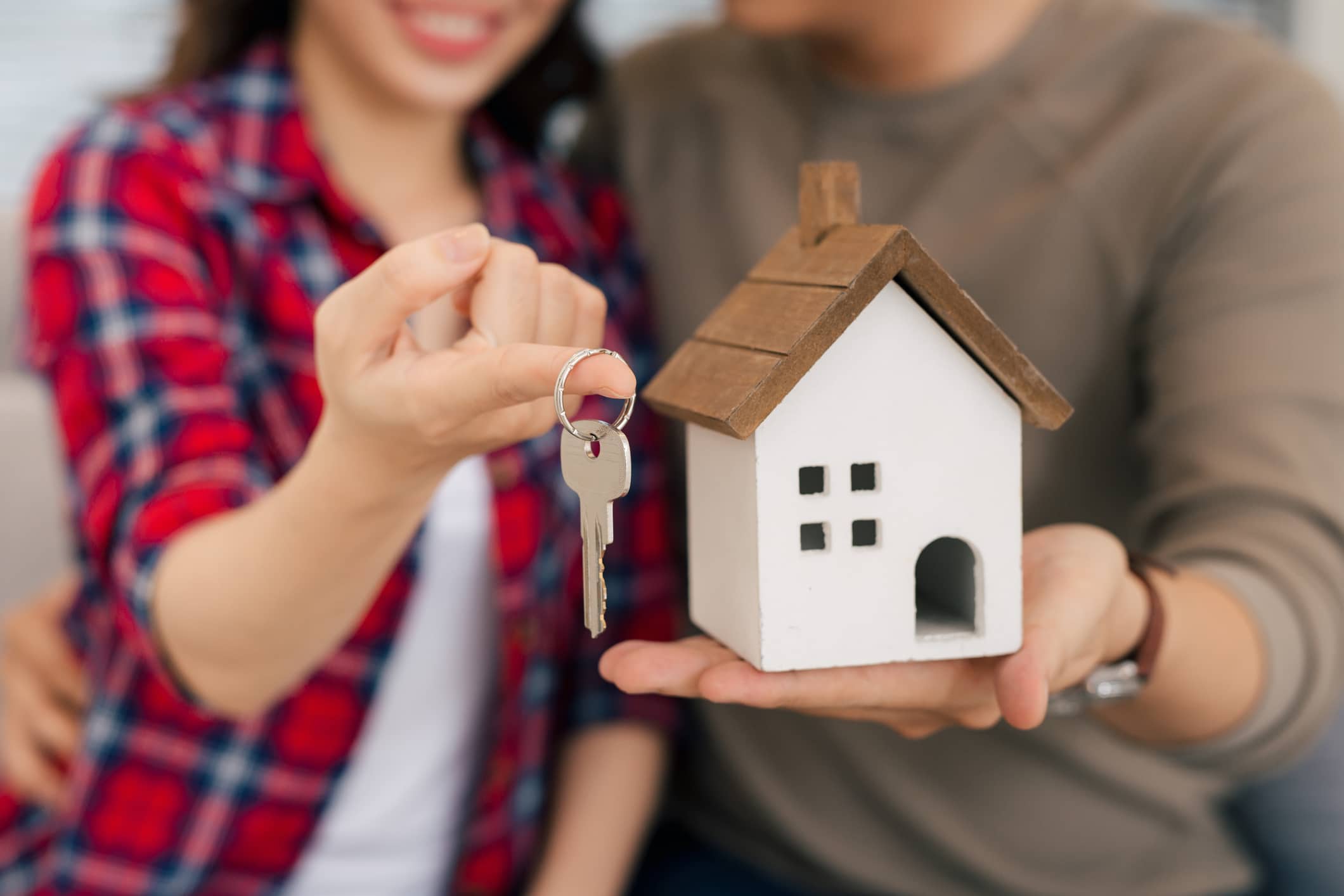Real estate investments come in many forms, such as fixing and flipping homes or owning rental properties.
For those ready to take their real estate investments to the next level, there’s the BRRRR method, which combines many aspects of typical real estate investing into one solid, revolving strategy.
The BRRRR strategy essentially consists of purchasing a low-cost, distressed property, flipping it into a rental property, and then refinancing the property to buy another one.
Let’s dig into how the BRRRR method works, the biggest pros and cons, and how to finance this type of strategy.
What is the BRRRR Method of Investing?
The BRRRR method stands for Buy, Rehab, Rent, Refinance, Repeat.
Unlike other investment strategies, the focus of this method is distressed properties, and refinancing these properties to fund the next purchase.
Distressed properties include homes that are structurally sound but need to be brought up to code and restored. These properties often have lost a lot of value but will regain it with some upgrades.
Then, once it’s rehabbed, you’ll rent out the property to pay off the mortgage, build equity, and refinance for another property.
When done correctly, this investment method can earn you continuous passive income, and the potential for bigger investments.
How Does the BRRRR Method Work?
To see how the BRRRR method works, let’s break it down into its five main components.
Buy
The first step in the BRRRR process is to purchase a property. Typically, the types of distressed properties you’re seeking out will be inexpensive yet have massive potential.
To determine the potential of the property, you’ll need to calculate the estimated after-repair value (ARV) of the home after it’s rehabbed.
A home’s ARV is the property’s current value plus the value of the renovations.
The ARV also takes into account the final estimated home value after rehabilitation compared to similar homes in the area.
Additionally, you’ll need to consider the closing costs involved to make sure the loan can fully cover the expenses to rehab it.
Rehab
Rehabilitating the home consists of both safety and structure improvements to bring it up to code for rental, and aesthetic upgrades that will boost its value and add curb appeal.
Common improvements include kitchen and bathroom remodels, new windows and appliances, fresh paint, and landscaping.
Rent
Once your property is successfully rehabbed, it’s time to determine a price and find renters.
Your ideal rental price will allow you to pay off the mortgage loan and build equity for refinancing in the next step, while still being fair to your tenants.
To find trustworthy, reliable tenants, look for the following:
- Strong credit report
- Steady source of income
- Record of on-time payments
- No criminal history
- Positive feedback from references
You also may decide to hire a property manager to handle all the responsibilities of being a landlord.
Refinance
Next, you’ll use a cash-out refinance to purchase another distressed property.
With a cash-out refinance, you take out a larger loan than what you owe on your current loan. The difference is yours in cash.
To qualify for a cash-out refinance, you’ll have to discuss with your lender whether they have any eligibility restrictions.
For example, some lenders require you to own the property for a certain amount of time before you can refinance.
Lenders also will have credit score and equity requirements, so make sure you understand what’s needed prior to this step.
Repeat
After you have purchased a property, rehabbed it, rented it out, and refinanced, you enter the final step of the BRRRR method: Repeat the process.
Make sure you keep a record of all your previous steps and take notes.
This will help you remember what worked, what didn’t, and how to improve in the next round.
Pros and Cons to the BRRRR Method
As with any real estate investment, there are potential benefits and drawbacks to the BRRRR method.
These factors typically depend on an individual investor’s goals and the amount of preparation involved.
The more prepared you are for a certain strategy, the better you’re able to understand and navigate potential challenges.
Pros
The most notable benefits to the BRRRR method of investing include:
- Long-term, passive source of income
- Ability to build a rental portfolio
- Solid return on investment
- Opportunity to build equity in properties
Cons
Although the benefits can be significant, the BRRRR method isn’t right for everyone. These are the potential downsides to this strategy:
- The work required to rehab a home
- The patience required to move through renovations and wait for a refinance
- Uncertainty related to appraisal value
- The process of finding good tenants and maintaining those relationships
If you’re interested in this investment method, be sure to weigh the pros and cons to determine whether BRRRR is right for you.
How to Finance a BRRRR Investment
To discover the best loan type to finance or refinance your first BRRRR investment, reach out to a trusted loan officer.
You may qualify for a conventional purchase or cash-out refinance loan, or even a non-QM loan.
River City Mortgage’s nationwide team of lending experts is eager to help you through the process.
We will sit down with you to help you build the right lending strategy for your investments — with an accessible, authentic approach to simplify your complex goals.
Photo by R ARCHITECTURE on Unsplash





